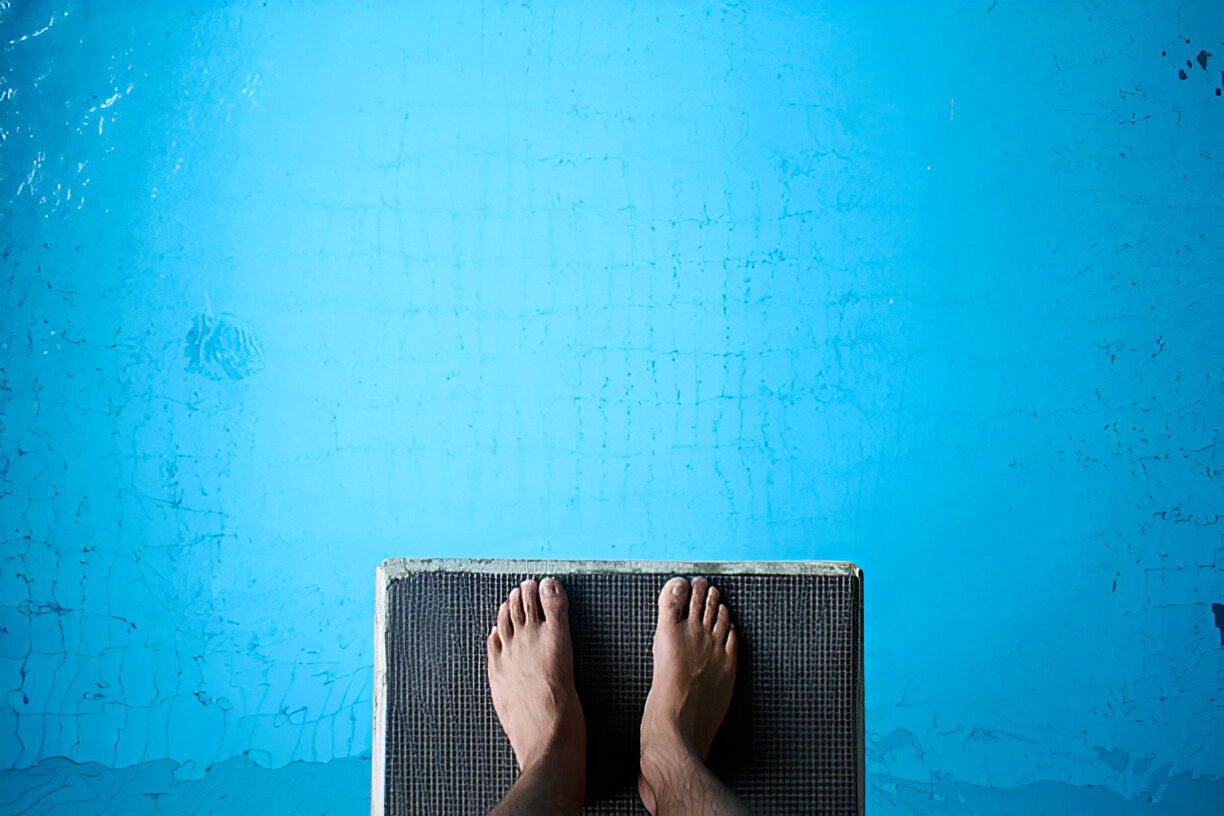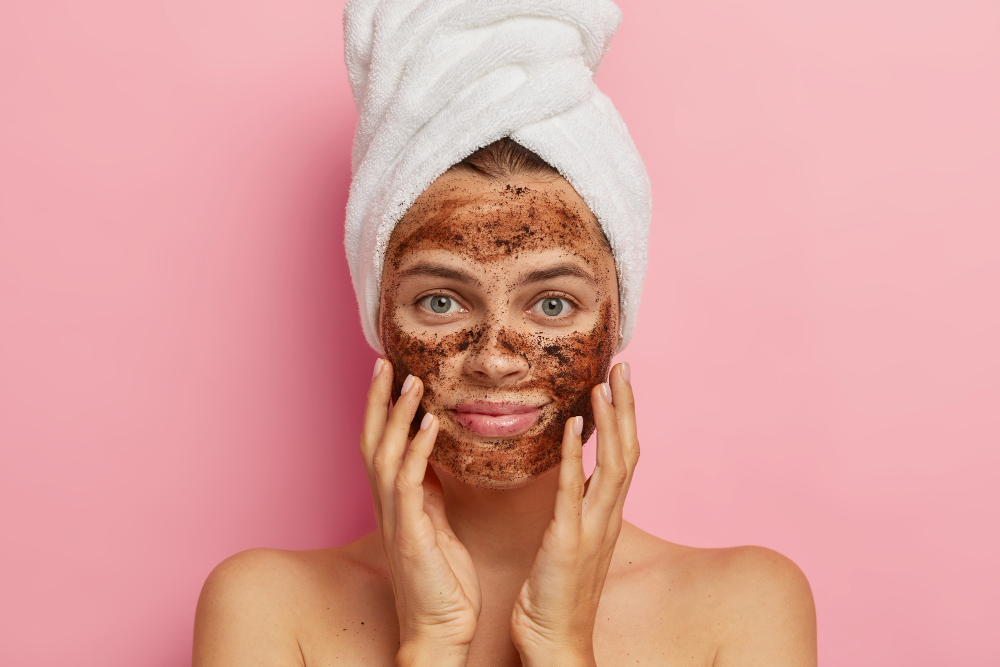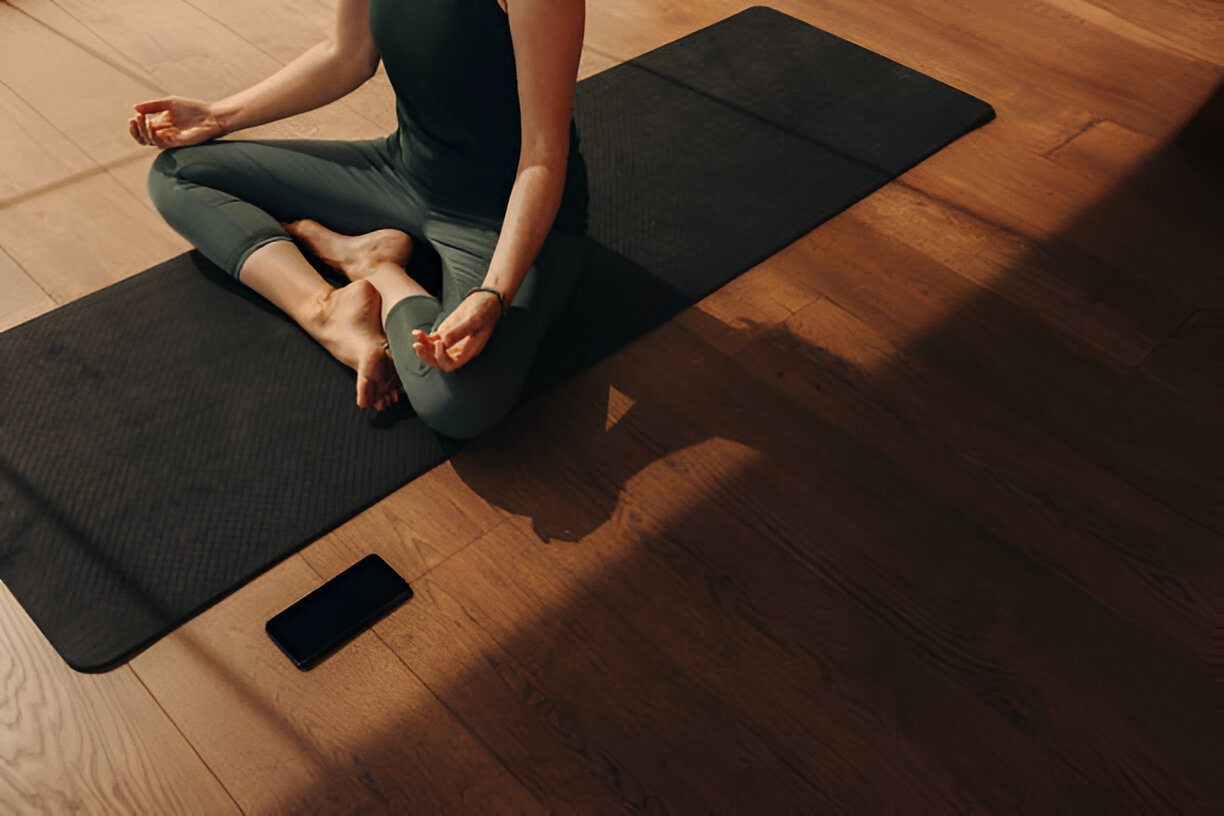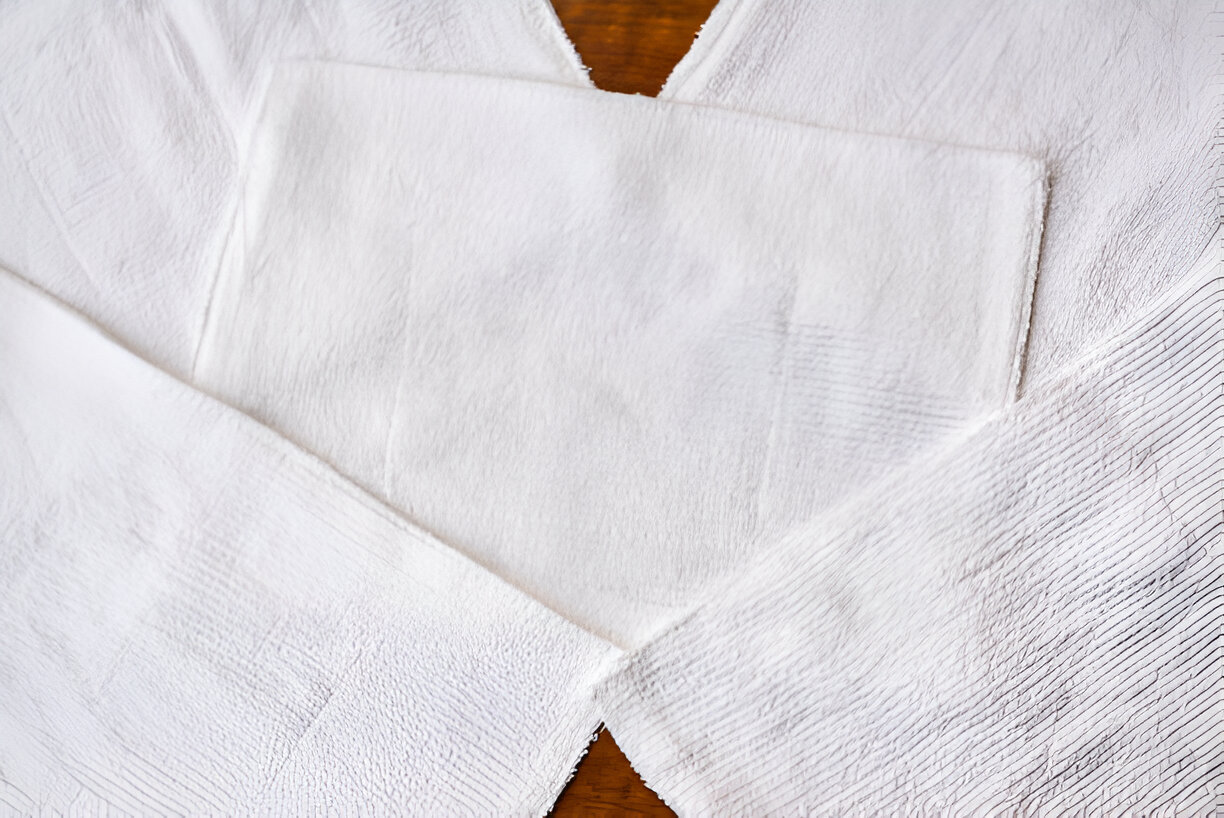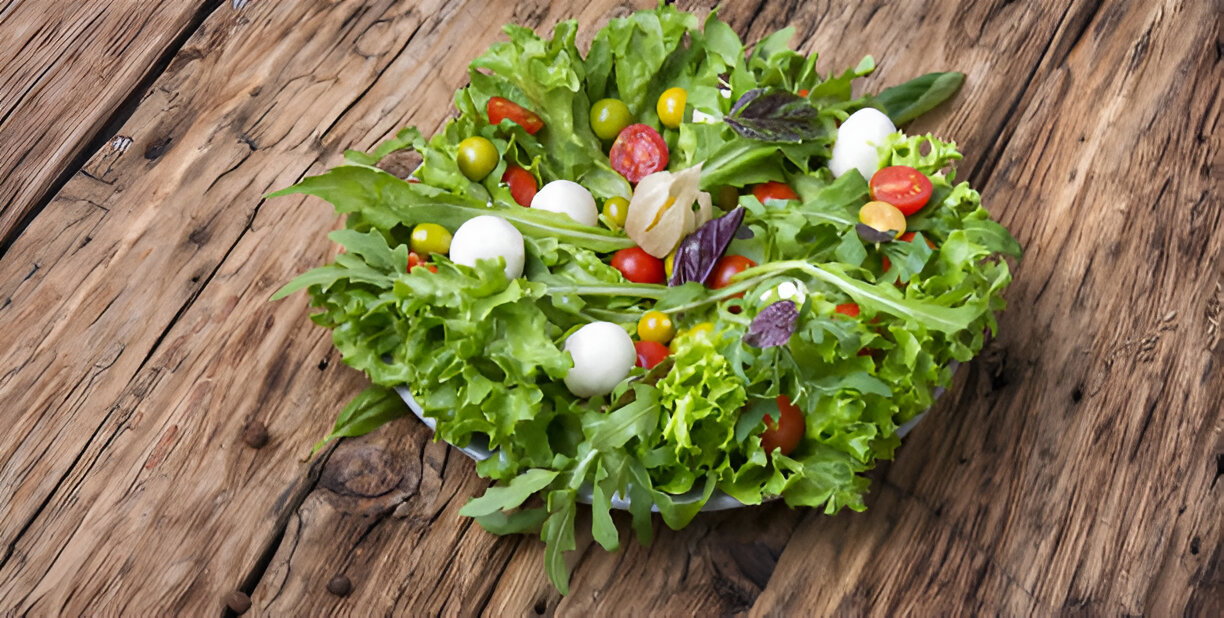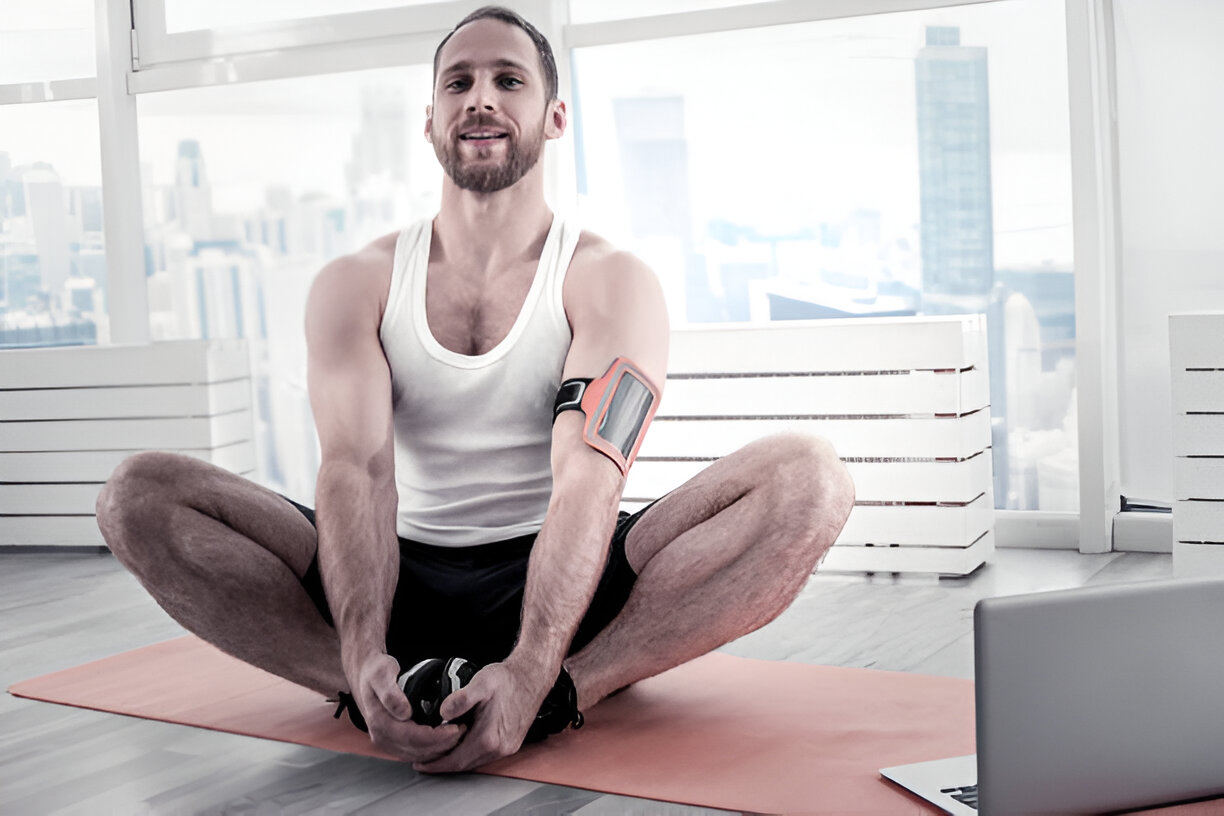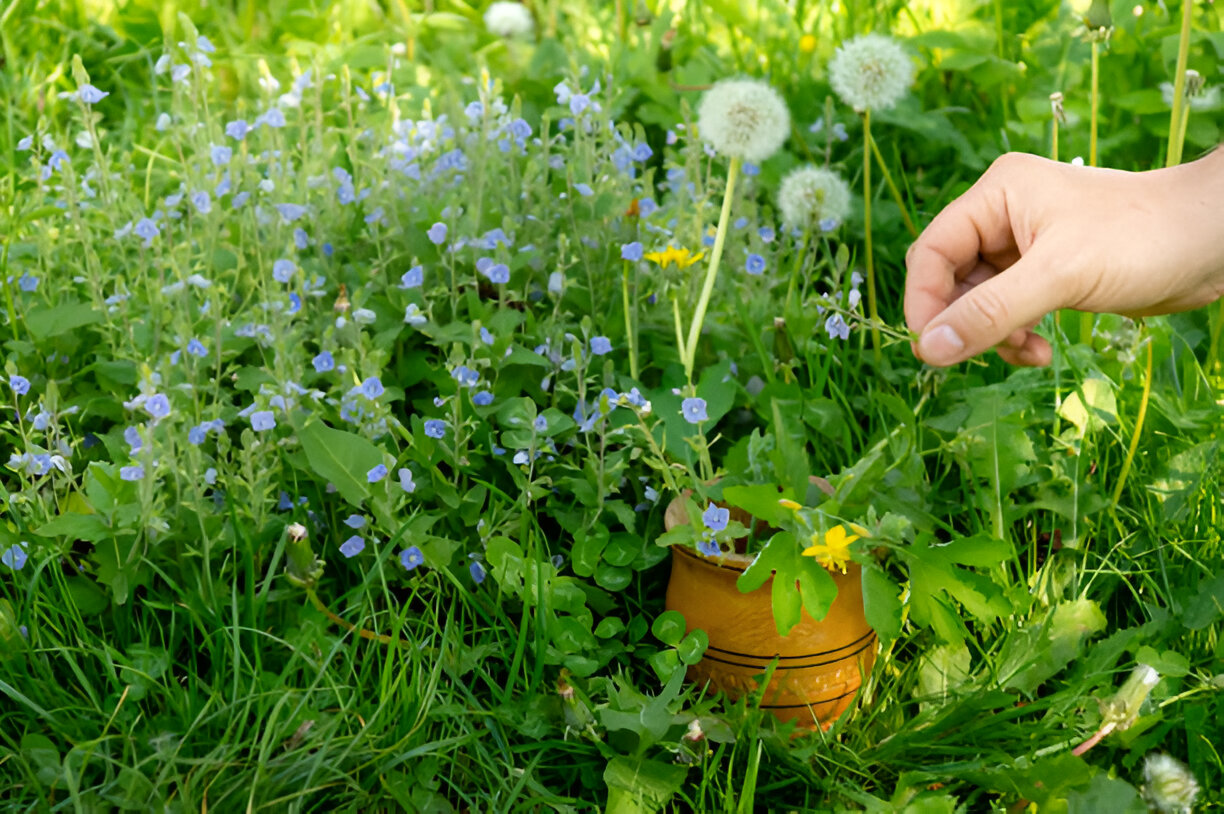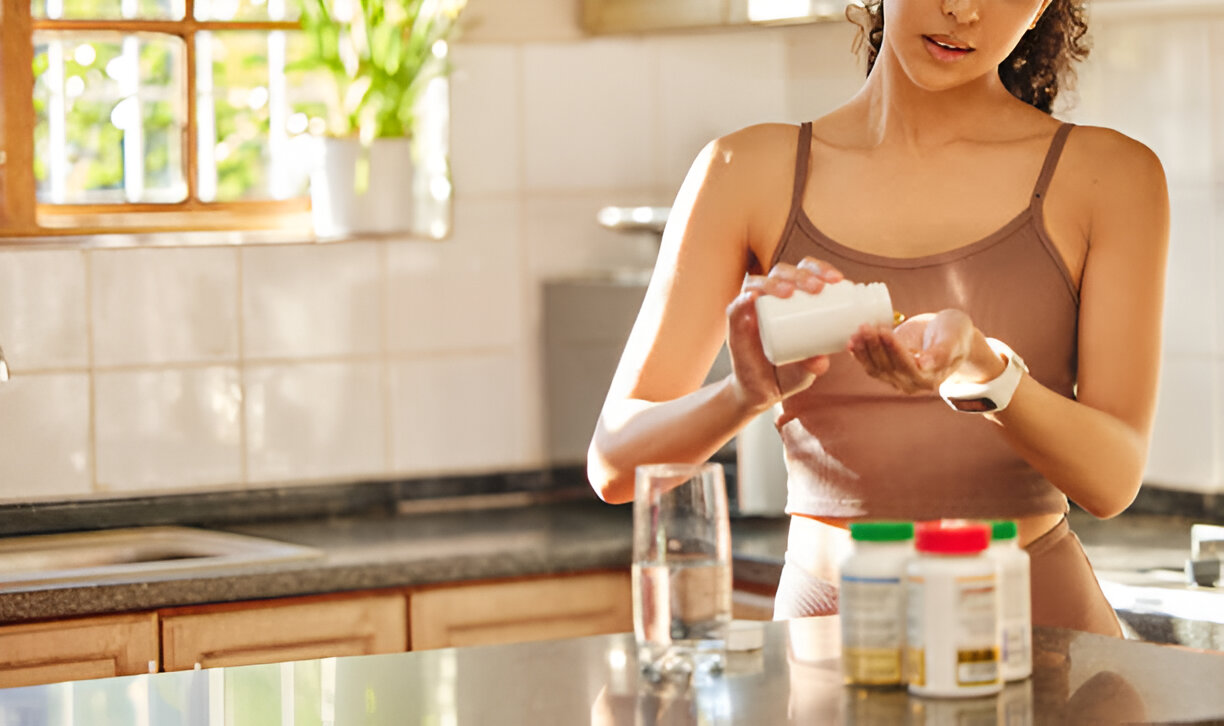
After hearing about the toxic chemicals lurking in conventional cleaning supplies, you decided to green up your act with ecofriendly products and DIY solutions. But along with the rewards that come with going eco (saving money, creating a healthier indoor environment), you’ve also encountered a few hurdles along the way. If green cleaning problems have you stumped, read on. These easy solutions will keep your momentum going strong.
Problem: Cleaning wood with cooking oil leaves a slippery mess.
Solution: Rejigger the formula.
It’s a good idea to avoid commercial furniture-cleaning products, as they contain neurotoxic petroleum distillates. As an alternative, most DIY formulas for cleaning wood tables, cabinets, and dressers suggest 1/2 cup of vegetable oil and a few drops of vinegar or lemon juice — an effective combo that’s also incredibly greasy. You also risk the oil going rancid, especially if you use one high in polyunsaturated fats, like corn oil. Instead, add a few drops of an oil rich in monounsaturated fat, such as olive oil, to 1/2 cup of white distilled vinegar. Better yet, try jojoba oil, which is actually not an oil but a liquid wax.
Problem: The baking-soda-plus-vinegar scrub doesn’t get the job done.
Solution: Opt for one or the other.
Any formula that suggests using vinegar, an acid, and baking soda, which is alkaline, probably won’t get you very far. Why? The ingredients can neutralize each other. To make a potent, all-purpose alkaline cleanser for baseboards, tabletops, and other hard surfaces, dissolve 1 teaspoon of baking soda in hot water in a clean spray bottle, add a squirt of castile soap such as
Dr. Bronner’s
, and shake. This solution will last a couple of months.
Problem: Putting borax in the toilet does nothing for the rust stains caused by excess iron.
Solution: Sleep on it.
Though it sounds like something whipped up in a chemist’s lab, borax is actually a naturally occurring mineral that works wonders as a deodorizer, ant killer, and much more. The key to its success? Patience. Put a cup of borax in the toilet and simply leave it overnight. The next morning, the rust will effortlessly wash away with a few swirls of the toilet bowl brush.
Problem: Vinegar leaves streaks when used to clean windows.
Solution: Get rid of the buildup.
Using commercial window cleaners for years leaves your glass with an invisible film (and possibly 2-Butoxy-ethanol, a suspected hormone disrupter that could cause developmental and reproductive problems). To get rid of any residue, add a dab of a vegetable-based dish soap or liquid castile soap to 1/4 cup of white distilled vinegar and 1 cup of water in a clean spray bottle. For follow-up cleanings, all you will need are the vinegar and water.
Problem: Baking soda doesn’t clear a clogged drain.
Solution: Just add (boiling) water.
As is, baking soda won’t necessarily clear a pathway. It first needs to change its chemical composition. Don’t worry, it sounds more complicated than it actually is. Boiling water converts baking soda to sodium carbonate, a more effective drain cleaner. Pour 1 cup of baking soda down the drain, followed by 3 cups of boiling water, and let science take over. It’s a much safer choice than commercial drain cleaners, which can harm skin, eyes, lungs, and the water supply.
Problem: Using liquid castile soap to clean the shower stall leaves an annoying dull film.
Solution: Use a natural detergent.
You may think the ecofriendliest way to clean a shower is with a basic liquid castile soap. But if you have hard water, you could cause a chemical reaction that leads to a difficult-to-remove dull film. (To check for hard water, pick up a simple test at your local hardware store.) Detergents, on the other hand, avoid this soap scum by their very formulation. Rather than go with conventional ones that contain nonrenewable petroleum-based surfactants and air-polluting synthetic perfumes, look for a plant-based all-purpose detergent such as Ecover’s All Purpose Cleaner.
Problem: Cleaning with vinegar makes things smell like, well, vinegar.
Solution: Add a secret ingredient.
Vinegar does have a strong smell, no doubt about it. However, seeing as this inexpensive and versatile powerhouse does everything from cutting grease to pulling dirt out of wood, it’s a must-have in any green cleaner’s arsenal. If you can’t wait the day or so for the smell to dissipate, add a few drops of an essential oil such as lavender to 1/4 cup of white distilled vinegar. That will help mellow it out.
Problem: Scrubbing the bathtub with baking soda requires a lot of rinsing.
Solution: Pair baking soda with a plant-based detergent.
Baking soda requires the same amount of rinsing as a conventional scouring powder, without the risk of harming your central nervous system. Your best bet, though, is to mix baking soda with a plant-based detergent until you get a texture like that of cake frosting. Scoop the mixture onto a sponge, scrub, rinse, and repeat if necessary.
Text by Annie B. Bond







